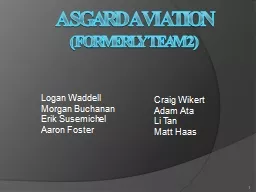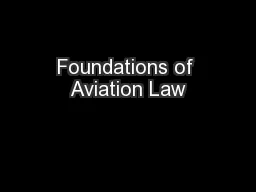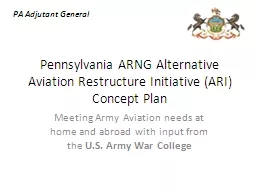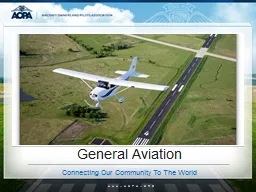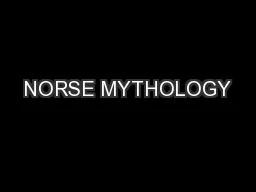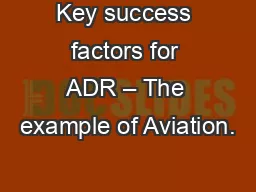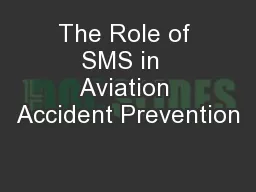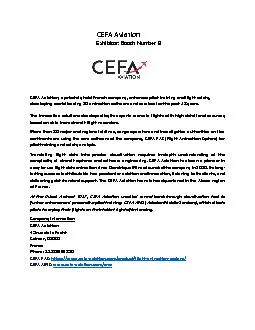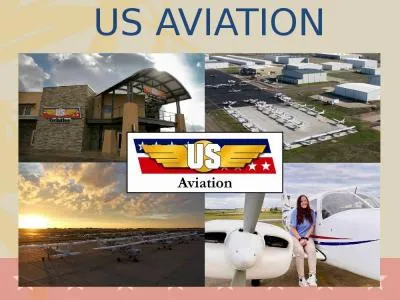PPT-Asgard Aviation (formerly team 2)
Author : conchita-marotz | Published Date : 2019-11-22
Asgard Aviation formerly team 2 Logan Waddell Morgan Buchanan Erik Susemichel Aaron Foster Craig Wikert Adam Ata Li Tan Matt Haas 1 Outline Mission Statement Market
Presentation Embed Code
Download Presentation
Download Presentation The PPT/PDF document "Asgard Aviation (formerly team 2)" is the property of its rightful owner. Permission is granted to download and print the materials on this website for personal, non-commercial use only, and to display it on your personal computer provided you do not modify the materials and that you retain all copyright notices contained in the materials. By downloading content from our website, you accept the terms of this agreement.
Asgard Aviation (formerly team 2): Transcript
Download Rules Of Document
"Asgard Aviation (formerly team 2)"The content belongs to its owner. You may download and print it for personal use, without modification, and keep all copyright notices. By downloading, you agree to these terms.
Related Documents

